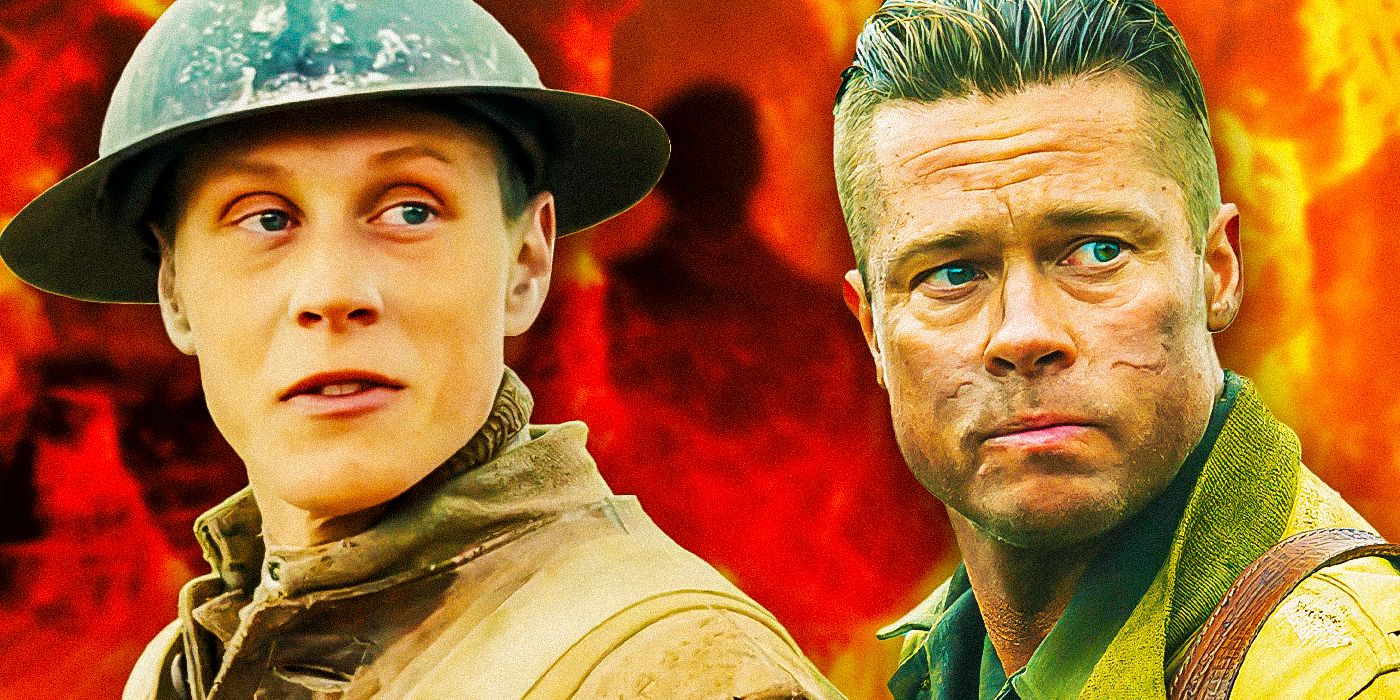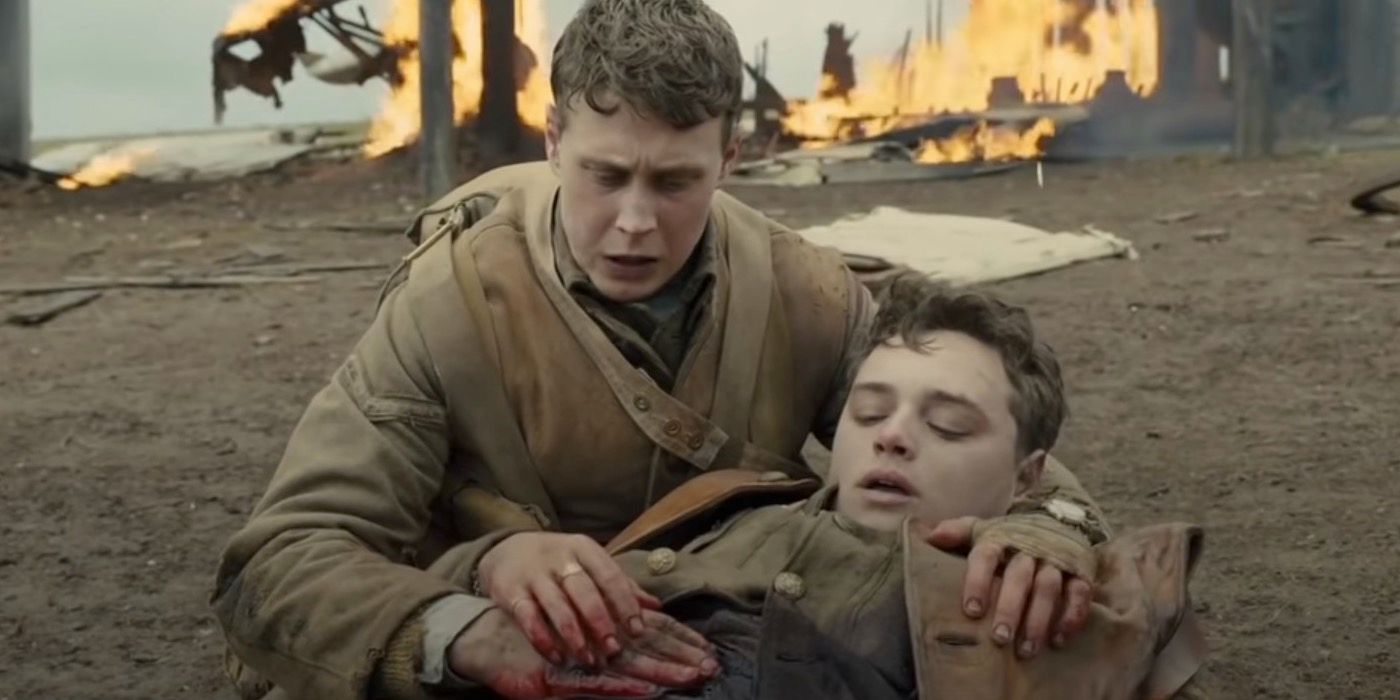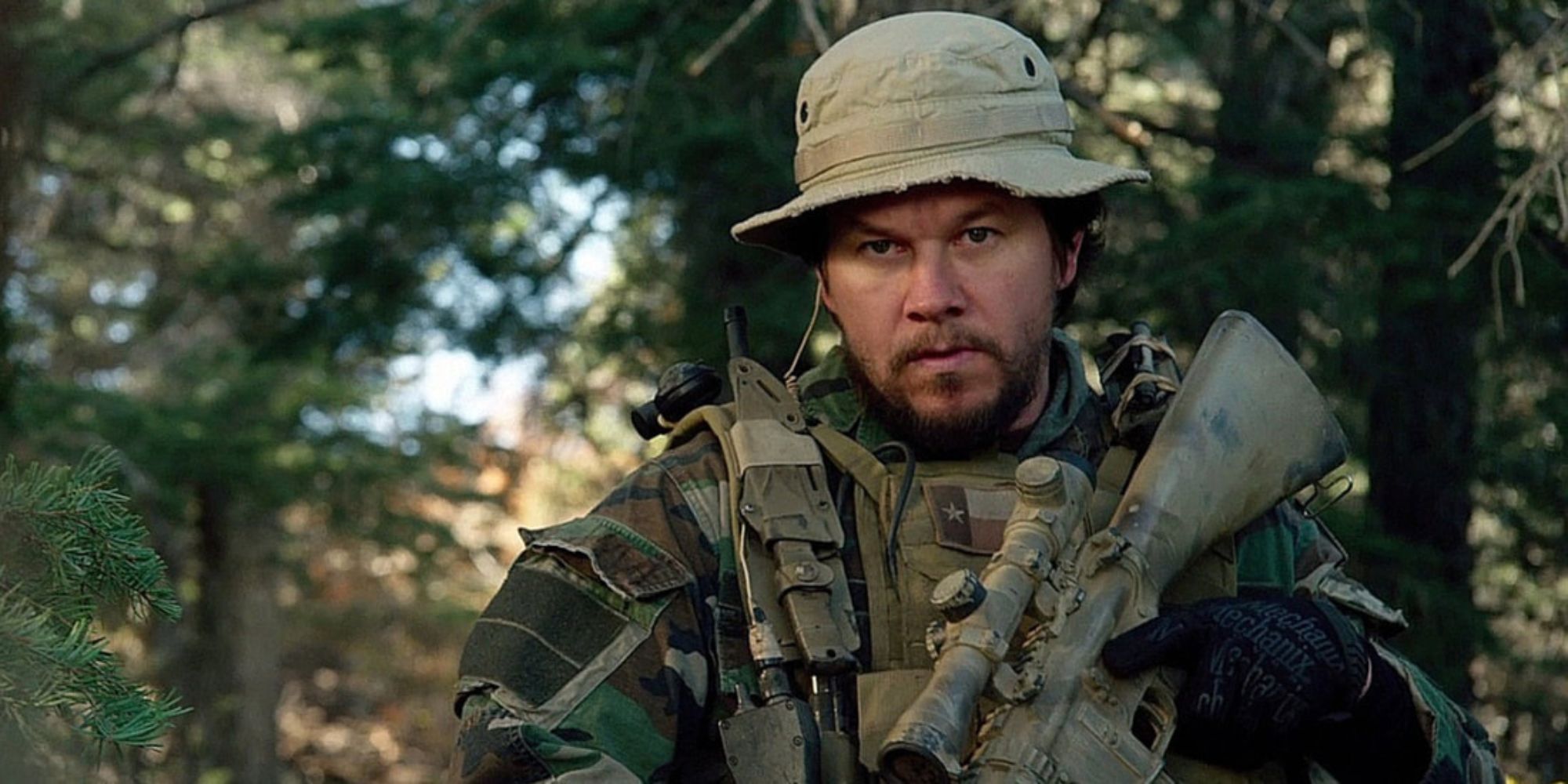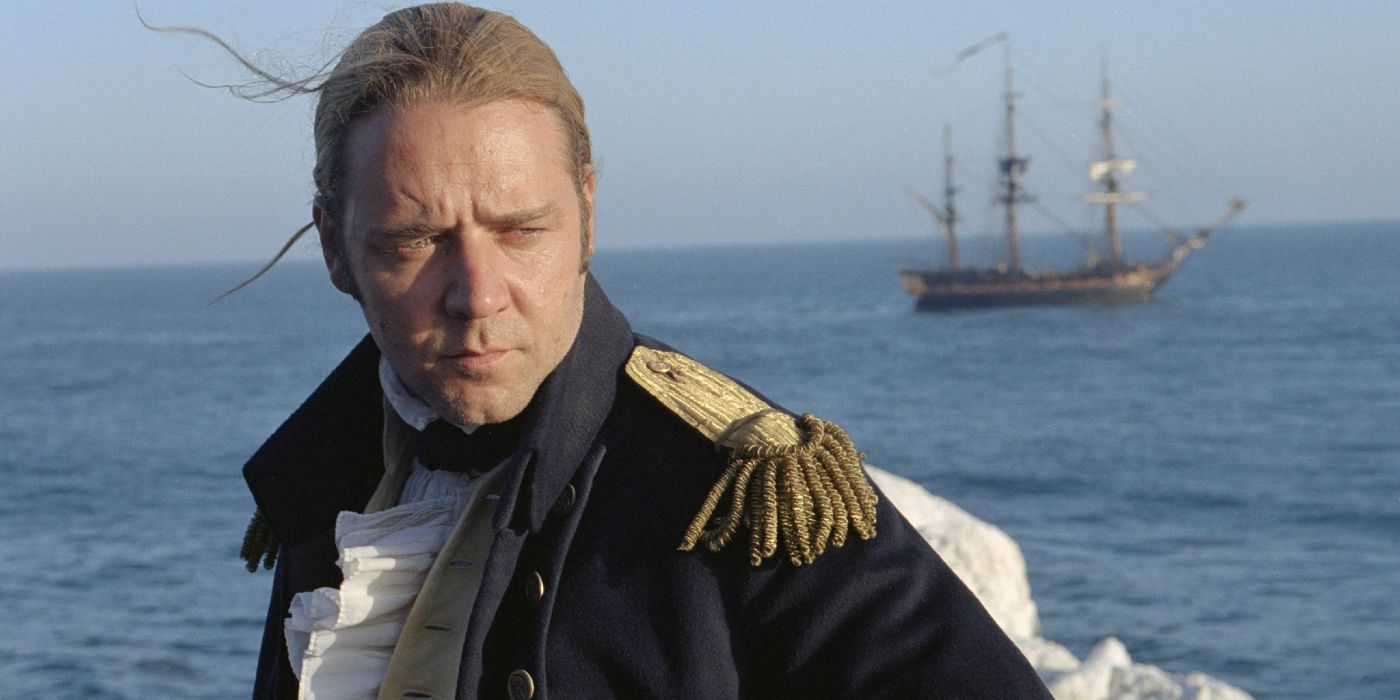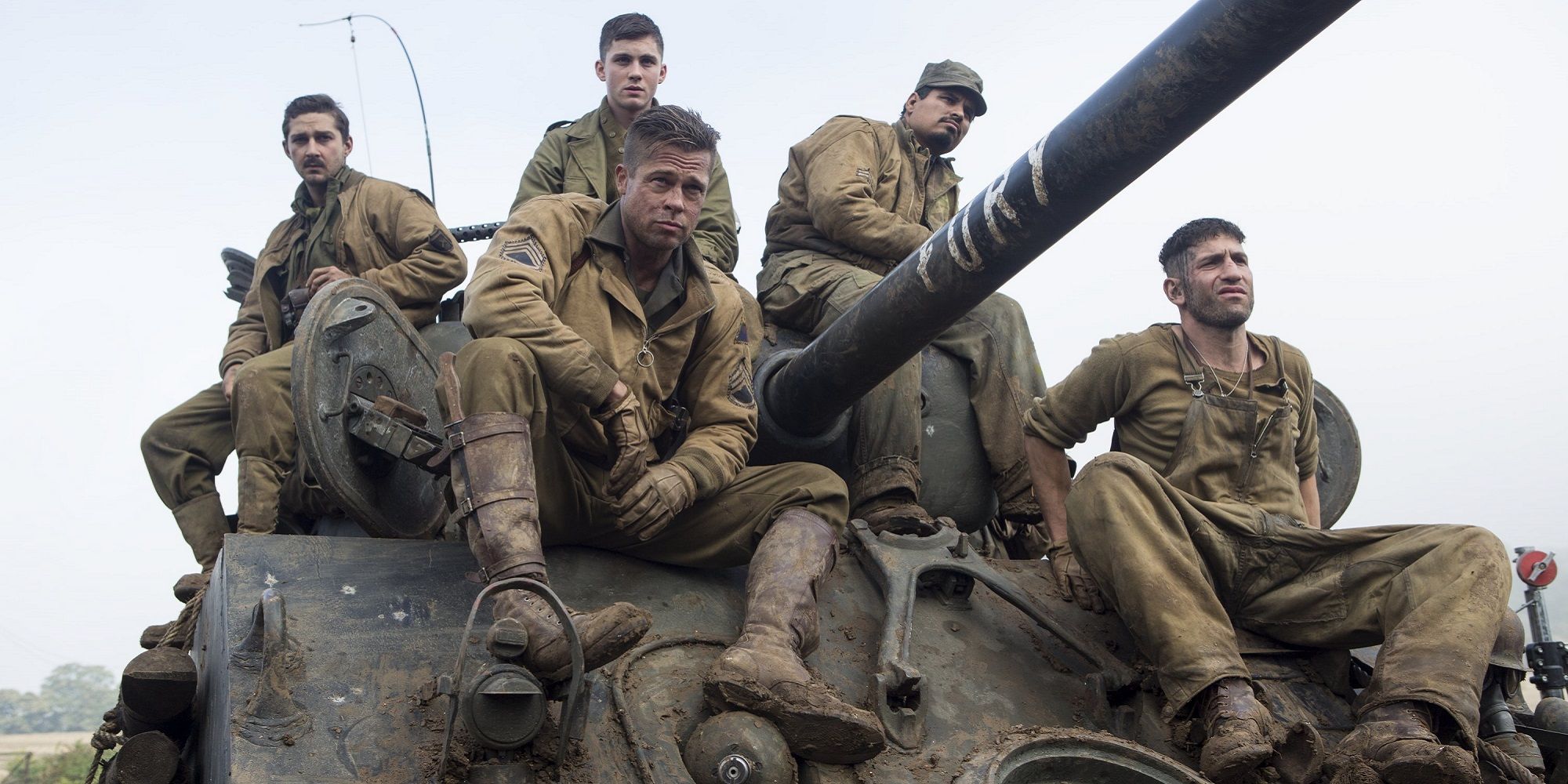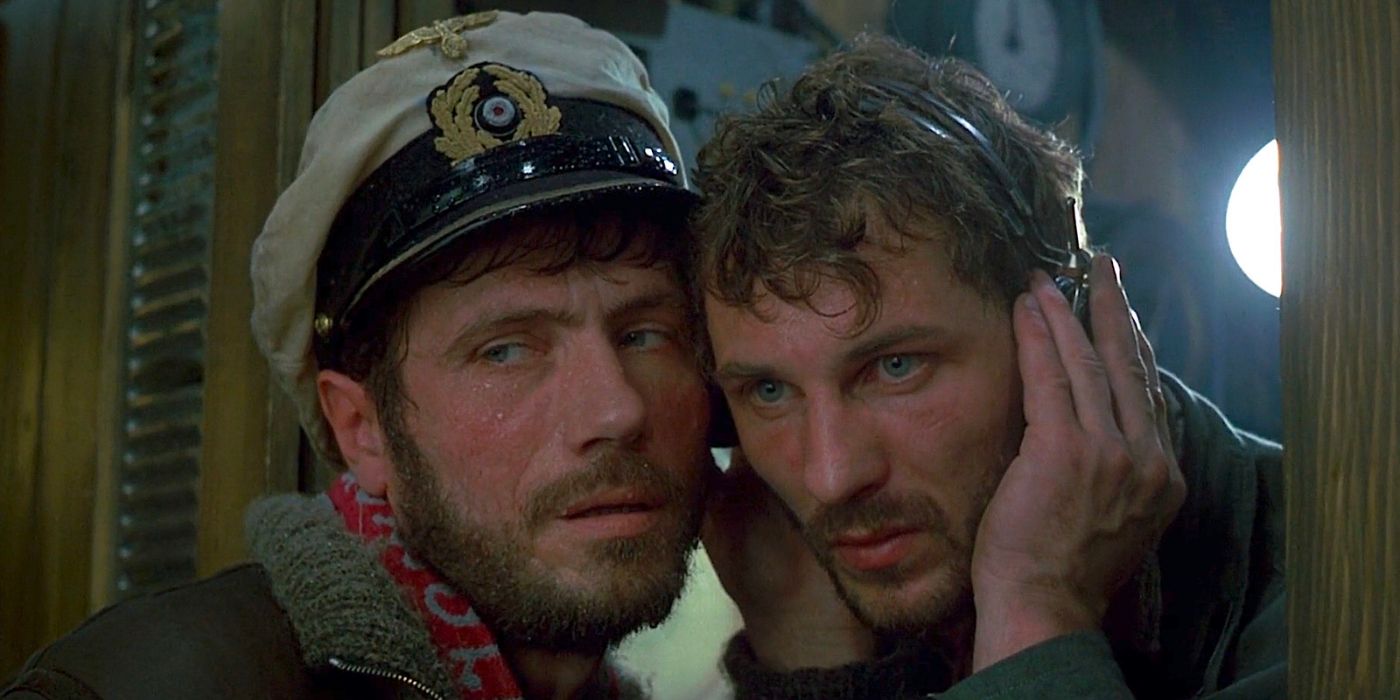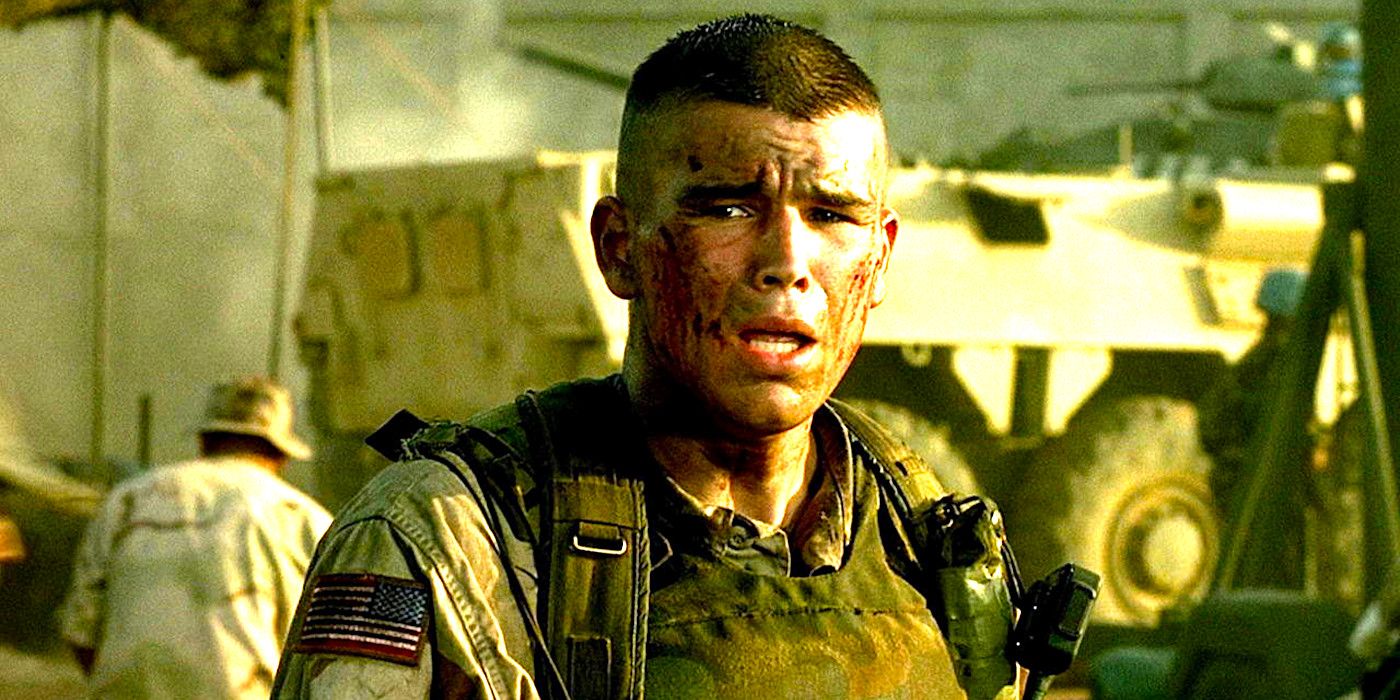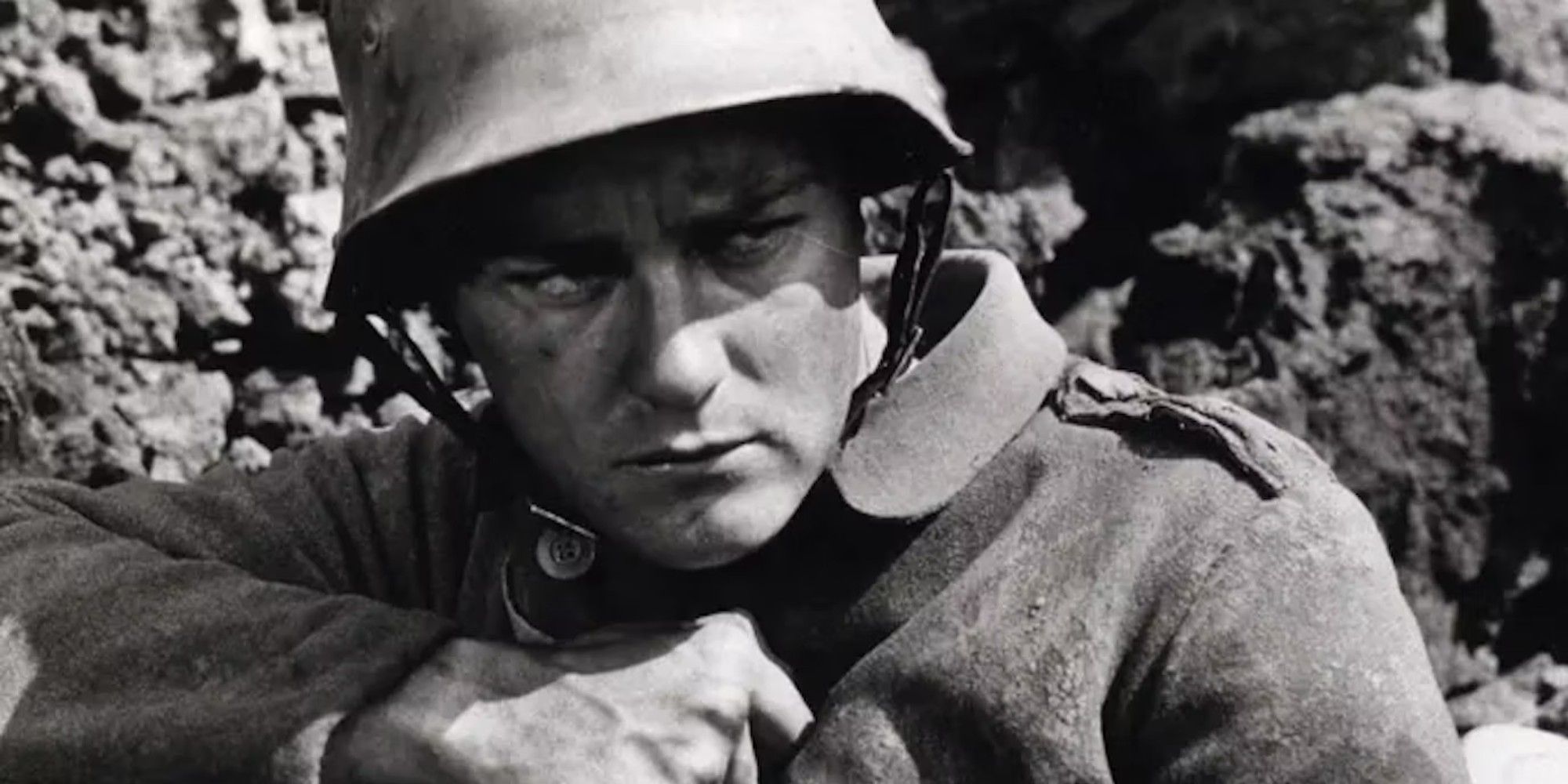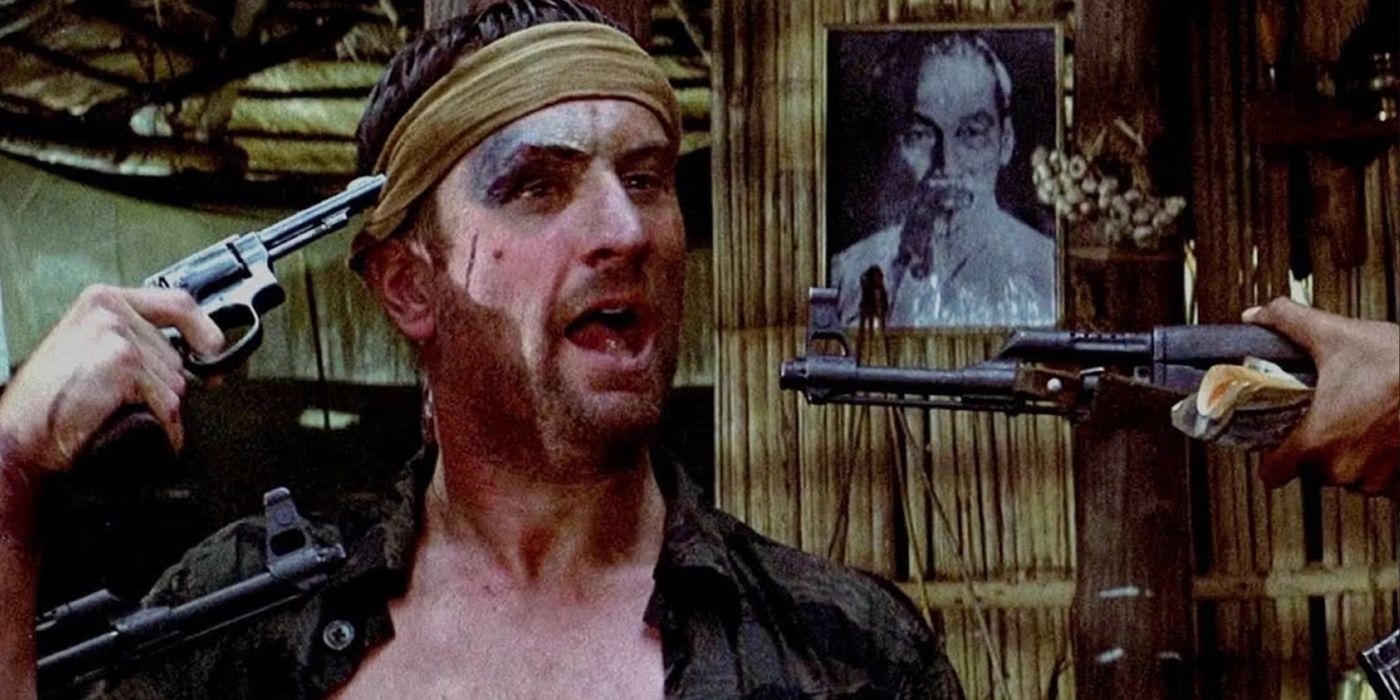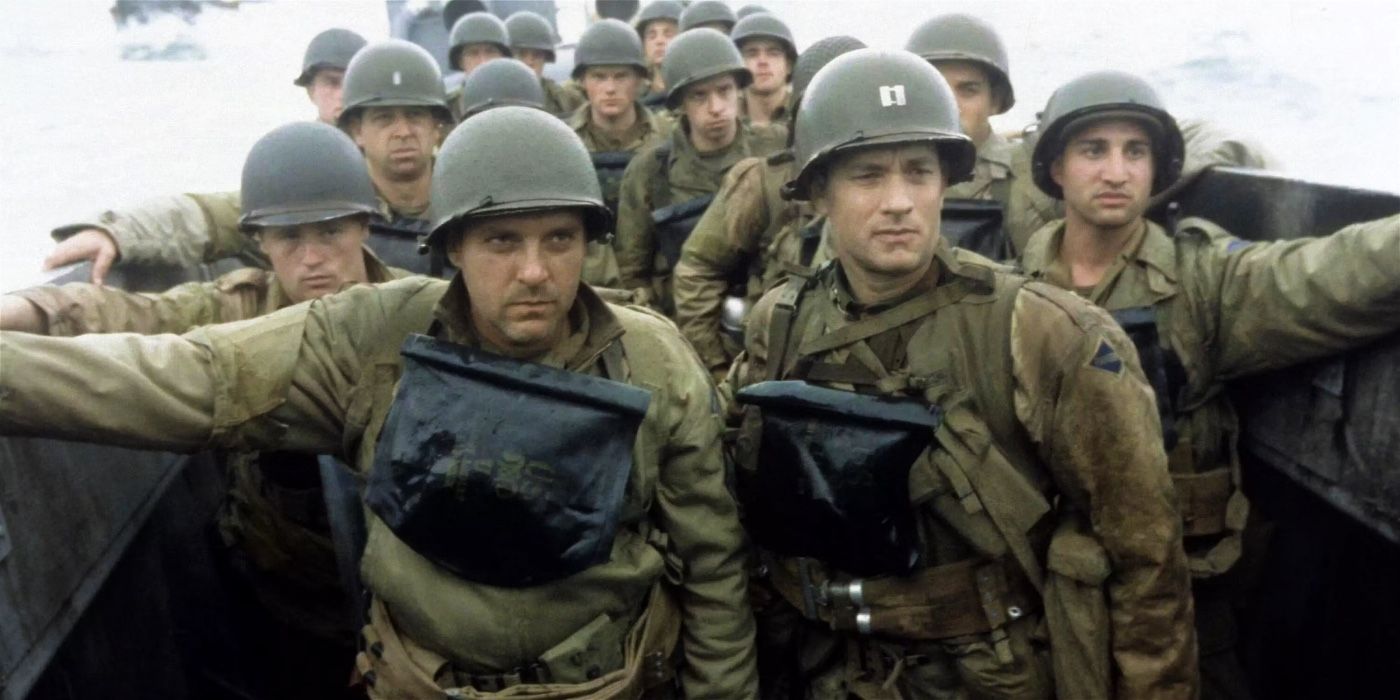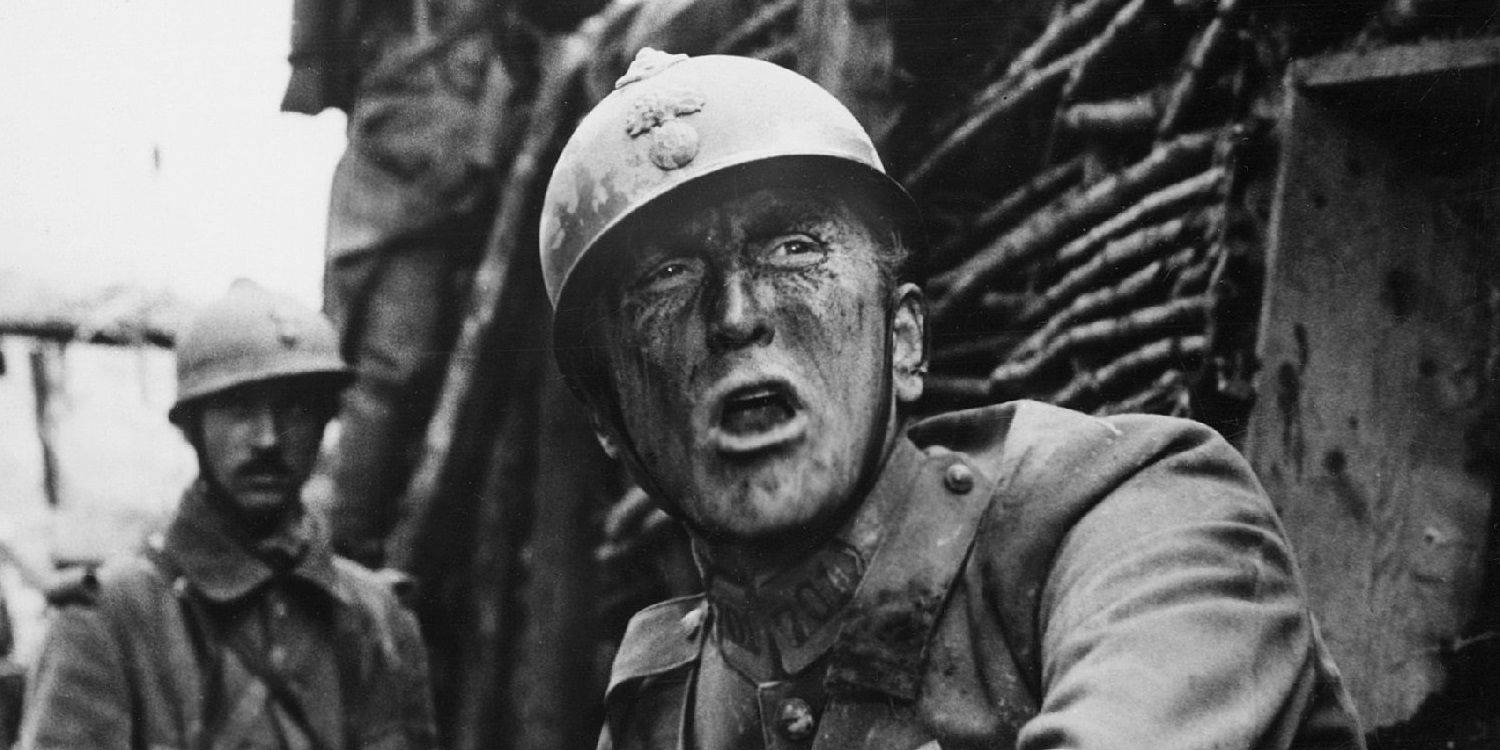Summary
- War movies like 1917 and Fury emphasize the deep brotherhood between soldiers in the midst of intense conflict.
- Lone Survivor and Master and Commander depict the unbreakable bonds formed between soldiers facing unimaginable obstacles.
- Saving Private Ryan and Paths of Glory showcase the powerful theme of camaraderie among soldiers in the face of adversity.
From Das Boot to Saving Private Ryan, some of the best war movies ever made focus on the camaraderie between soldiers and the tight emotional bonds formed on the battlefield. War is typically one of the bleakest genres of cinema, bringing the horrors of warfare to life in visceral, intense, eye-opening fashion. But war films aren’t completely without hope. The best ones, like Paths of Glory and All Quiet on the Western Front, find a glimmer of hope in the friendships formed between soldiers during wartime.
Some war movies take an optimistic look at that camaraderie, like Fury’s endearing portrayal of a ride-or-die tank crew who have become as close as brothers after spending months together inside a war machine. Others take a more pessimistic approach, like The Deer Hunter’s heartbreaking depiction of a tightknit friendship group torn apart by the devastation they witnessed on the battlefields of Vietnam. From Lone Survivor to Black Hawk Down, these are the best war movies about the camaraderie between soldiers.
10 1917
The most notable thing about Sam Mendes’ 1917 on a technical level is that it’s shot and edited to look like one continuous long take. This is an impressive, ambitious endeavor, and it creates the desired effect of putting audiences right in the trenches of World War I, experiencing the conflict first-hand. But what makes the movie such a touching viewing experience is its depiction of the brotherhood between soldiers sharing a battlefield.
Its first act focuses on the friendship between two young British lance corporals, William Schofield and Tom Blake, as they carry a message across no man’s land. After Blake passes away, Schofield finds similar camaraderie with every fellow troop he bumps into along his journey. When he’s picked up by a passing British unit, he finds them to be friendly and welcoming, offering a nice change of pace from the genre’s usual cynicism.
9 Lone Survivor
Despite spoiling its ending in the title, Peter Berg’s Lone Survivor is one of the most thrilling cinematic depictions of the war in Afghanistan. The film dramatizes a failed Navy SEALs mission dubbed “Operation Red Wings,” in which a four-man SEAL team was sent to track down Taliban leader Ahmad Shah and encountered deadly obstacles along the way. The story is told through the eyes of Marcus Luttrell, adapted from his own eyewitness accounts in his memoir of the same name.
Lone Survivor has been praised for its gritty visual style and breathtaking battle scenes. But what’s really moving about the film is its portrayal of Luttrell’s unbreakable bonds with his fellow SEALs. Berg gives the audience plenty of time to get to know this band of brothers, so Luttrell’s foreshadowed survival is suitably tragic.
8 Master And Commander: The Far Side Of The World
Set during the Napoleonic Wars, Peter Weir’s Master and Commander: The Far Side of the World revolves around a brash Royal Navy captain trying to galvanize his crew in the search for a powerful French war vessel. The movie specifically focuses on Captain Jack Aubrey’s complicated friendship with the ship’s surgeon, Stephen Maturin. Aubrey initially dismisses Maturin, but he eventually warms up to him after being impressed by his ability to perform surgery on himself.
As Aubrey warms up to the surgeon, he starts to warm up to the whole crew. There are a lot of tensions among the crew in Master and Commander, which is understandable, given that the crew is stuck together in the confined space of the ship for months on end. But when it comes down to it, the crewmen look out for each other.
7 Fury
David Ayer used extensive research and discussions with military veterans in his own family to get the soldiers’ camaraderie just right in Fury. The crew members of the titular M4 Sherman tank have become thick as thieves since they’ve had to spend months together hunkered down in a big, metal war machine. Ayer’s star-studded ensemble cast brought the crew’s dynamic to life, sharing the same sense of brotherhood off-screen.
In the first act, the crew is joined by a new assistant driver and bow gunner after their old one is killed in battle. At first, the crew has a lot of fun busting their new assistant driver’s chops. But by the end of the movie, after surviving a few battles together, the new guy is invited into the band of brothers. It’s a surprisingly heartwarming arc for a grisly, blood-soaked World War II movie.
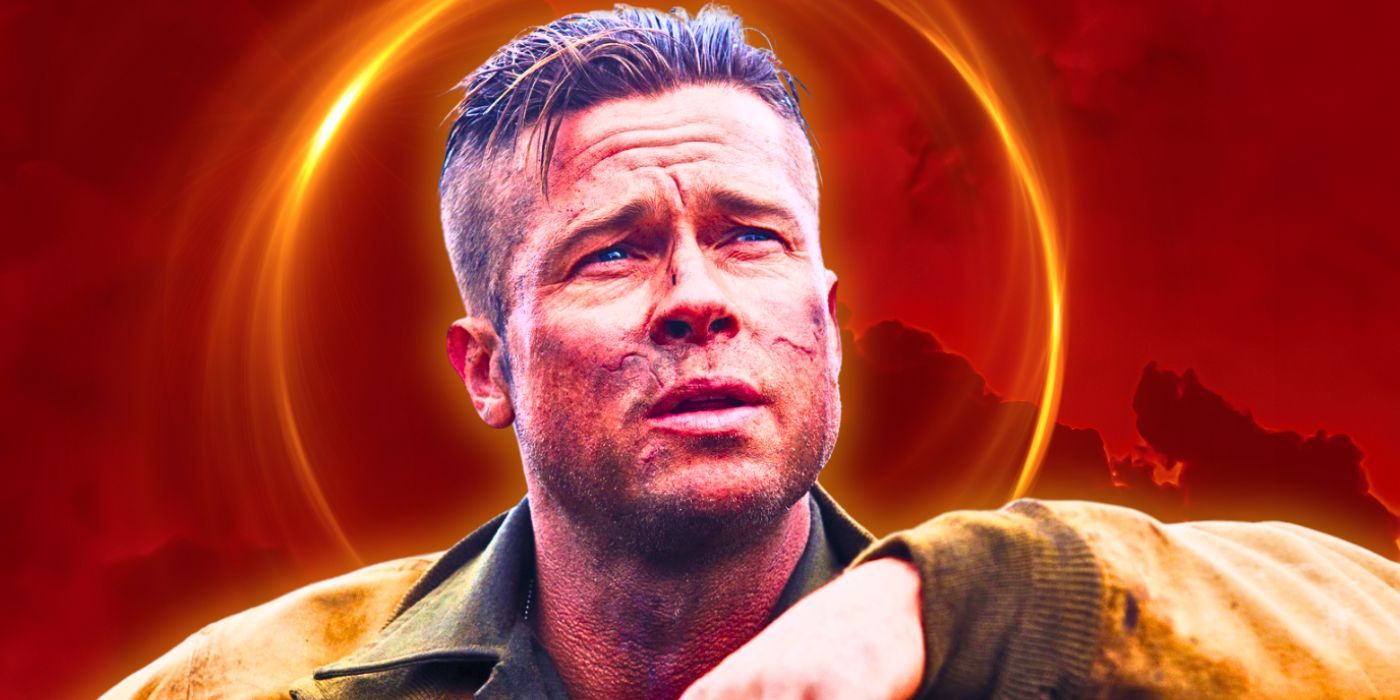
Is Brad Pitt's Fury Based On A True Story?
Fury is a thrilling, action-packed war movie starring Brad Pitt as a grizzled tank commander. Is it a fictional story or was it based on true events?
6 Das Boot
Wolfgang Petersen’s Das Boot revolves around a German submarine crew during World War II. It was adapted from Lothar-Günther Buchheim’s autobiographical account of his experiences aboard the U-96. The movie is notable for depicting the crewmen as ordinary blue-collar working joes, eager to do their best in service of their country and, more importantly, their comrades. Throughout the film, the crew charts a dangerous course through the chaos of the Battle of the Atlantic.
There are some exhilarating battle sequences, but the majority of Das Boot is dedicated to showing the mundanity of most submarine work. At any moment, the crew could be wiped out by a depth charge from a British destroyer. Das Boot shows that this kind of shared danger has the ability to bring people together. All they have is each other.
5 Black Hawk Down
Ridley Scott delivered one of the most shockingly intense depictions of warfare in Black Hawk Down. The movie revolves around the crew of a Black Hawk helicopter getting shot down right in the heat of the Battle of Mogadishu. Surrounded by enemy combatants who have put up roadblocks to keep their backup from getting to them, the survivors have no one to rely on but each other. Scott opens the film with an ominous epigraph: “Only the dead have seen the end of war.”
Black Hawk Down has been criticized as a pro-war movie, but those critics have misinterpreted the film. It’s not so much pro-war as it is pro-soldier. The film’s support of American troops themselves has been mistaken for a ringing endorsement of U.S. foreign policy. Black Hawk Down is about the individuals on the battlefield, not the warmongering generals who put them there.
4 All Quiet On The Western Front
This milestone pre-Code anti-war film, ironically directed by a filmmaker named Lewis Milestone, was one of the earliest cinematic portrayals of World War I to shock audiences with its intense realism. All Quiet on the Western Front revolves around a young German soldier whose enthusiasm to help out in the war is gradually chipped away as he witnesses more and more horror. The film posits that the only thing that can get a soldier through their wartime experiences is the support of other soldiers.
Unlike Milestone’s later World War II-era films, All Quiet on the Western Front takes a pacifist perspective in its portrayal of war. It starts off with its protagonist, Paul Bäumer, eager to get onto the battlefield and do his part. But he ends up being so horrified by what he sees that he can’t wait to get out of there.
3 The Deer Hunter
Michael Cimino’s harrowing Vietnam War epic The Deer Hunter takes a look at the dark side of soldiers’ camaraderie. The film suggests that no amount of camaraderie is enough to undo the psychological toll caused by the horrors of war. It revolves around three long-time friends named Mike, Nick, and Steven, who are shipped away from their small industrial town in Western Pennsylvania to fight on the frontlines of Vietnam.
After being exposed to all kinds of horrific things on the battlefield – including a sadistic game of Russian roulette – these three friends are changed forever. Steven loses the use of three of his limbs, Nick stays in Vietnam to become a professional Russian roulette player, and Mike is forced to go home alone. But even after all that trauma, he refuses to give up on his friends.
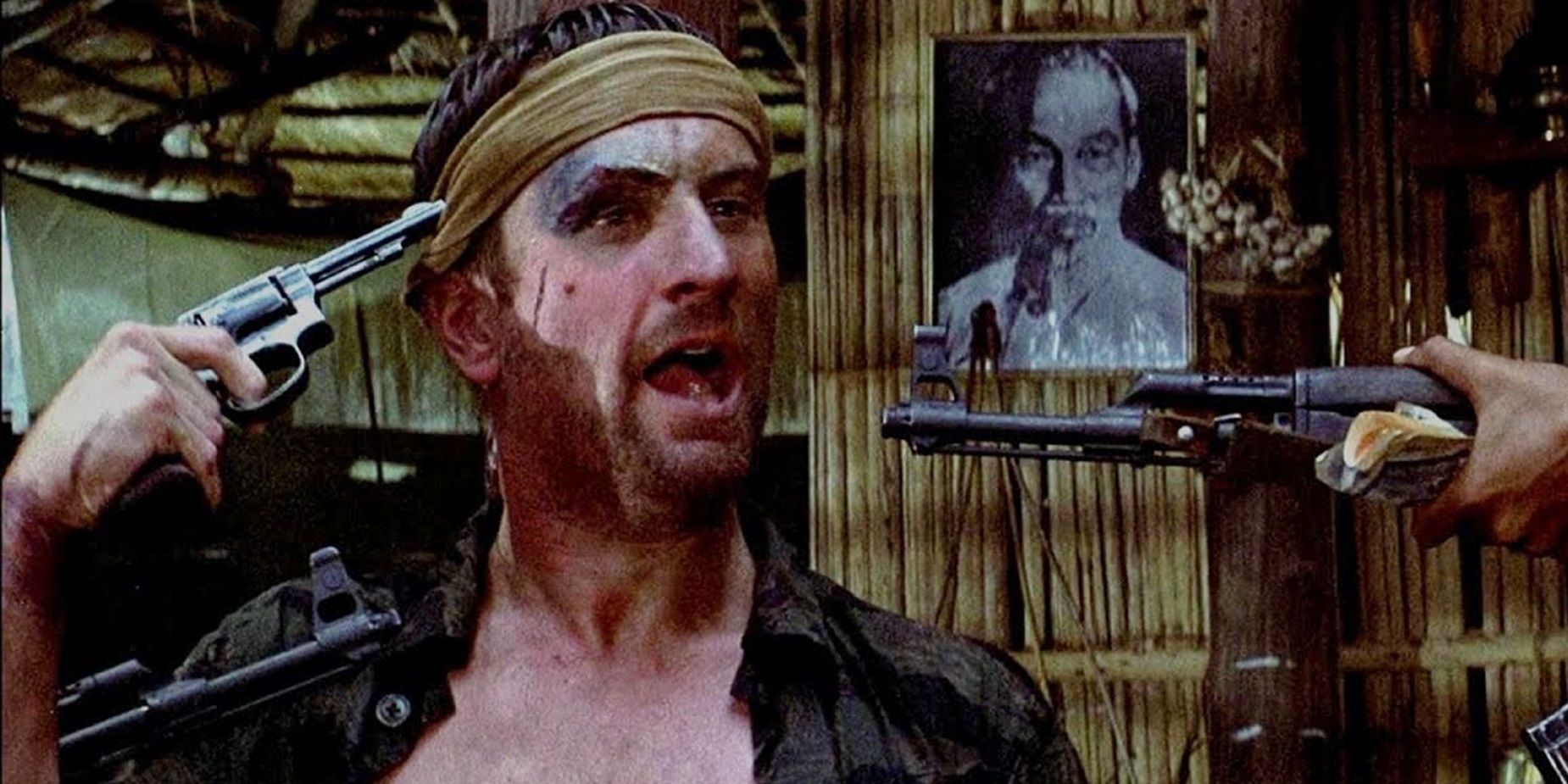
The Deer Hunter: 6 Controversies Caused By The Movie's Landmark Release
The Deer Hunter has been widely praised as one of the greatest Vietnam War movies ever made, but it also has its fair share of controversies.
2 Saving Private Ryan
The premise of Steven Spielberg’s Saving Private Ryan is specifically built around how far soldiers would go to protect one of their own. It sees a platoon being sent across the battlefields of World War II to find the last surviving brother of the Ryan family and send him home to his grieving mother. The theme of camaraderie runs even deeper when they find Private Ryan and he refuses to abandon his fellow soldiers.
The brotherhood amongst Captain Miller’s platoon is bolstered by the brotherhood between Private Ryan’s platoon. Ultimately, they all join forces as one big supergroup for their last stand against the Germans. Saving Private Ryan’s plot might not be 100% realistic – what army would risk an entire platoon’s lives to save one guy? – but its portrayal of the soldiers’ camaraderie is spot-on.
1 Paths Of Glory
Stanley Kubrick’s Paths of Glory is the quintessential cinematic portrayal of a noble individual standing up to an amoral institution. After refusing to send his men on a suicide mission, Colonel Dax is forced to stand trial and plead his case to his commanding officers. They want to execute three of his soldiers to make an example of them and deter the others from ever disobeying orders again, but Dax is determined to stop them.
Dax’s dedication to his men – and his refusal to give up fighting for what’s right despite intense pressure from his superiors – is really inspiring. The top military brass view Dax’s troops as expendable, but as far as Dax is concerned, not a single one of his men is expendable. The world needs more people like Paths of Glory’s Colonel Dax.



